A Lesson in Recycling Old Shoes
When it comes to recycled art, the old saying one man’s trash is another man’s treasure couldn’t be more true. From plastic spoons and bottles to aluminum cans, broken watches, and hubcaps, upcycled materials have found a permanent home in the art box. Serious artists often make and sell incredible 3D sculptures and paintings using recycled items.
The concept of recycling dates to the 19th century, when pioneering Americans reused items out of necessity. Fabric scraps became quirky quilts, scrap lumber was transformed into weather vanes, and torn fabric became cleaning rags. Americans also have a long and unique history of saving and reusing specific objects, like rubber bands, tin foil, and wrapping paper.
Found Items and Recycled Art
The concept of using recycled materials in art dates to the days of Pablo Picasso, one of the first found item artists. Picasso’s Bull’s Head is made simply of a single bicycle seat and set of handlebars, yet perfectly depicts his subject. Dadaist Marcel Duchamp created pieces using a urinal and a snow shovel. Alexander Calder made animals from coffee cans, and John Chamberlain sculpted using used auto parts, a favorite material of upcycling artists.
As environmental concerns crept onto the global scene, some artists began to see using recycled materials as a responsibility rather than simply an artistic challenge. They began reusing items that would otherwise go to the trash heap. Plastic, in any form, is a particularly popular found item for upcycling artists.
Modern Recycled Art
Today, recycled art takes many forms—sculpture, paintings, baskets, clothing, jewelry, furniture, you name it. Like non-recycled art, some pieces are created solely for their beauty or to make a specific statement. Others are functional, working pieces.
Recycled Shoe Art Lesson Plan
Your students can create their own found item art pieces. First, help them become aware of the things they discard or recycle in a single day or week, noting objects that have the potential to become useful or interesting art materials. Then, have students use an old shoe. Some options include a high heel, tennis shoe, sandal, boot, or baby shoe). Students select a theme and choose and apply found objects to transform their trash into true treasures.
Art Lesson Plan: Redo, Reuse, Retread
Follow the link above for the complete Redo, Reuse, Retread lesson plan, including step-by-step directions, a material list, and an image of the finished project. Suitable for grades K-12.

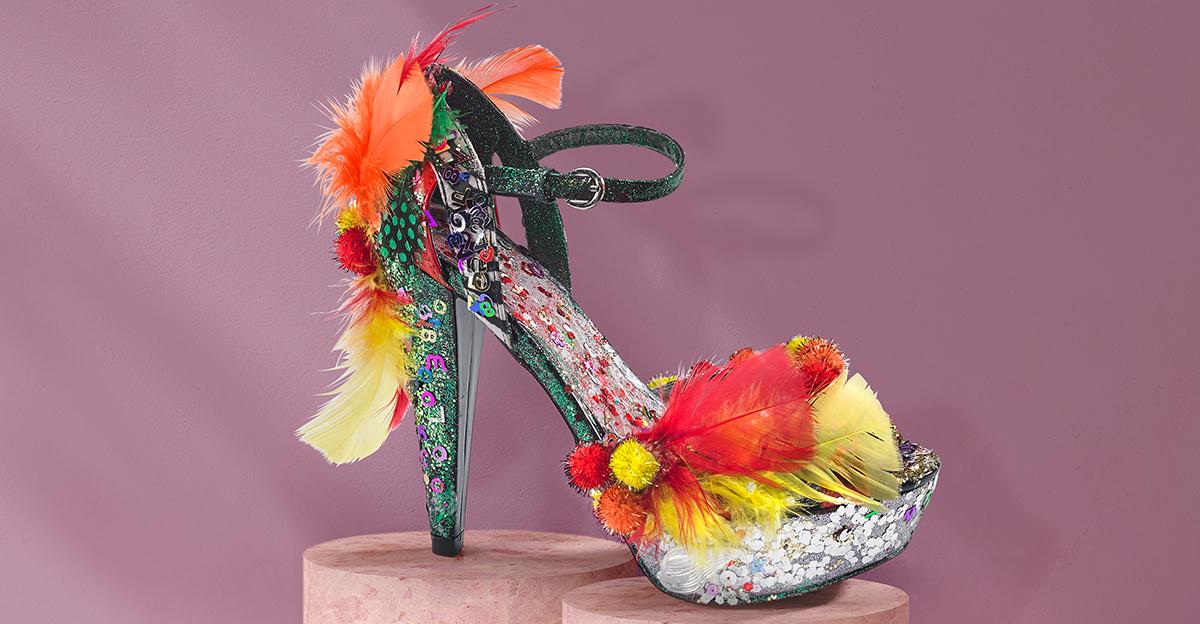
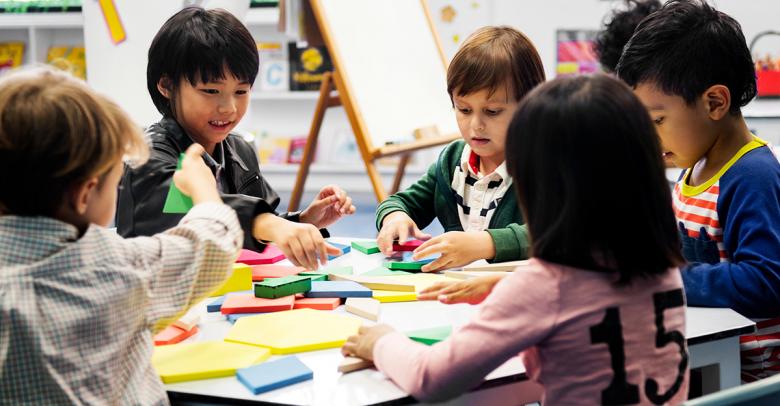
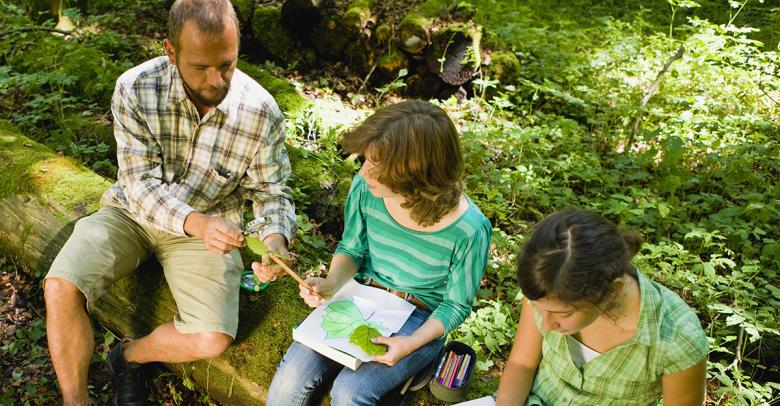
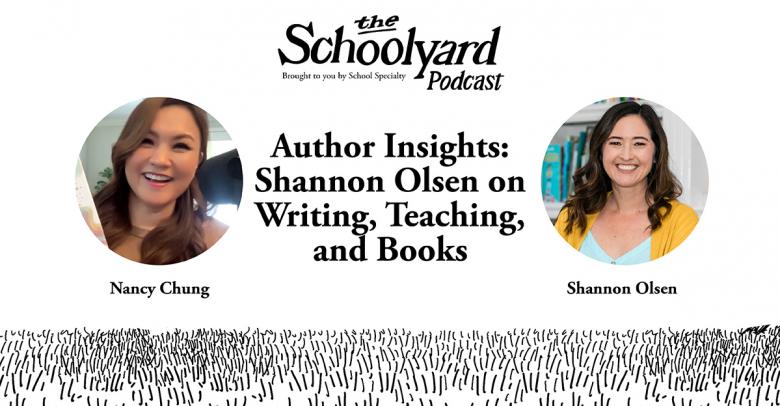
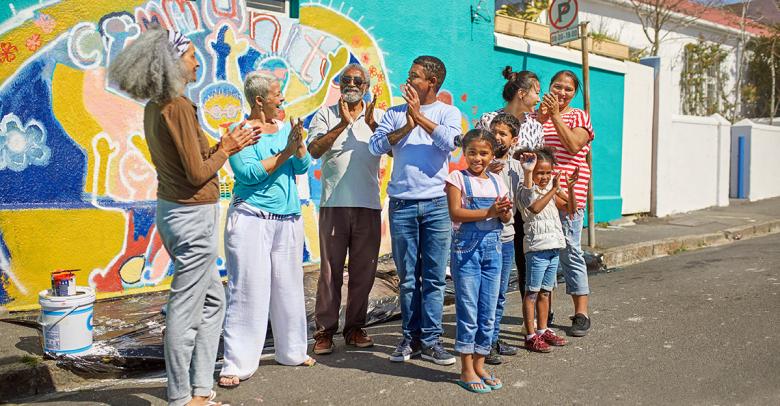
Leave a Reply